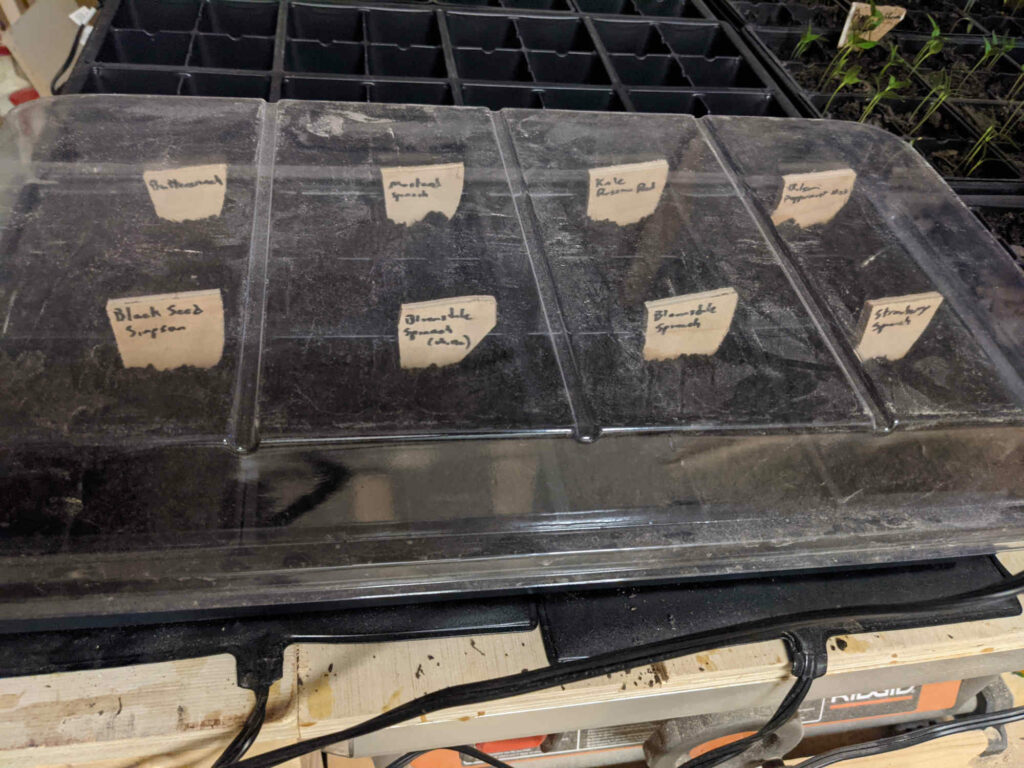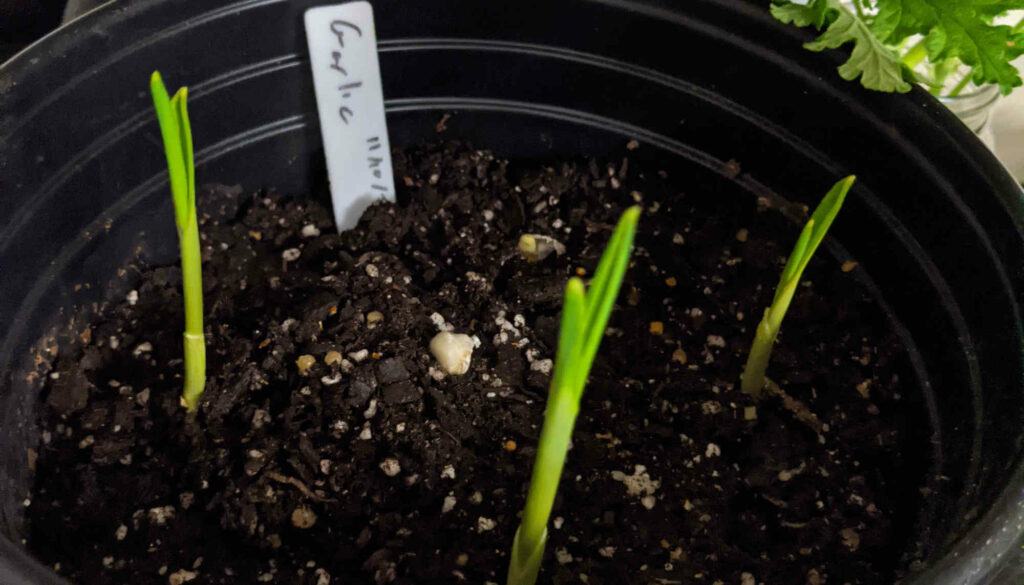Crown molding is the trim found in the upper corner of your walls. It is purely decorative in nature. However, it can raise the value of your house. On the flip side, if you install it incorrectly or use a variety that doesn’t match your home, it can decrease your home’s appeal.
Types of Crown Molding
Crown molding comes in infinite styles, all of which apparently have names. For example, you can get Concord Dentil style or Governor’s Palace as styles. I’m not going to go into the different styles except to say you should pick a style that matches the other molding or aesthetic in your house. If all of your molding is sleek and clean, you probably don’t want crown molding with a lot of fine detail. It might look busier than you want.
However, I’ll go into materials. Generally you’ll find plaster, wood, MDF, foam, and various types of plastic. Each has their advantages and disadvantages. Obviously plaster is very elegant, but it is prone to cracking when your house shifts. Foam is lightweight and easy to install, but is not as durable. Durability might not be a concern since it sits at the top of your wall.
Beyond style and material, you also have to choose size, angle, and color. Each of these can make a huge difference! Oversized molding can make a room look smaller whereas extra thin molding can look out of place.
Installation
The installation sounds pretty straightforward. However, keeping something straight while holding it above your head and nailing it in is not an easy task. The thing about crown molding is it is a finishing touch. It needs to be installed correctly or it will look terrible. I consider this a two person job minimum.
There are some peel and stick varieties, but I would never trust something to stick to my walls uniformly for decades. If you use the peel and stick varieties, I also recommend securing them with something more long term.
Once you get the molding up, you’ll need to do touch ups. If you nailed it on, you’ll likely need to spackle every nail hole and then paint over them.
Pro tip: paint or stain your molding before putting it up. It is very hard to paint when it is on the wall, especially if there’s a lot of fine detail.
Drawbacks
I’m a huge fan of crown molding. However, I haven’t put mine up yet because of cost and time. There are hundreds of linear feet of molding I’ll need to prime, paint, and put up. I’ve had too many other projects that have taken priority.
The other major drawback is time. Crown molding can go out of style or yours can sag or crack. If installed incorrectly, you’ll see gaps or uneven lines pretty early. It’s not fun to fix.







Leave a Reply